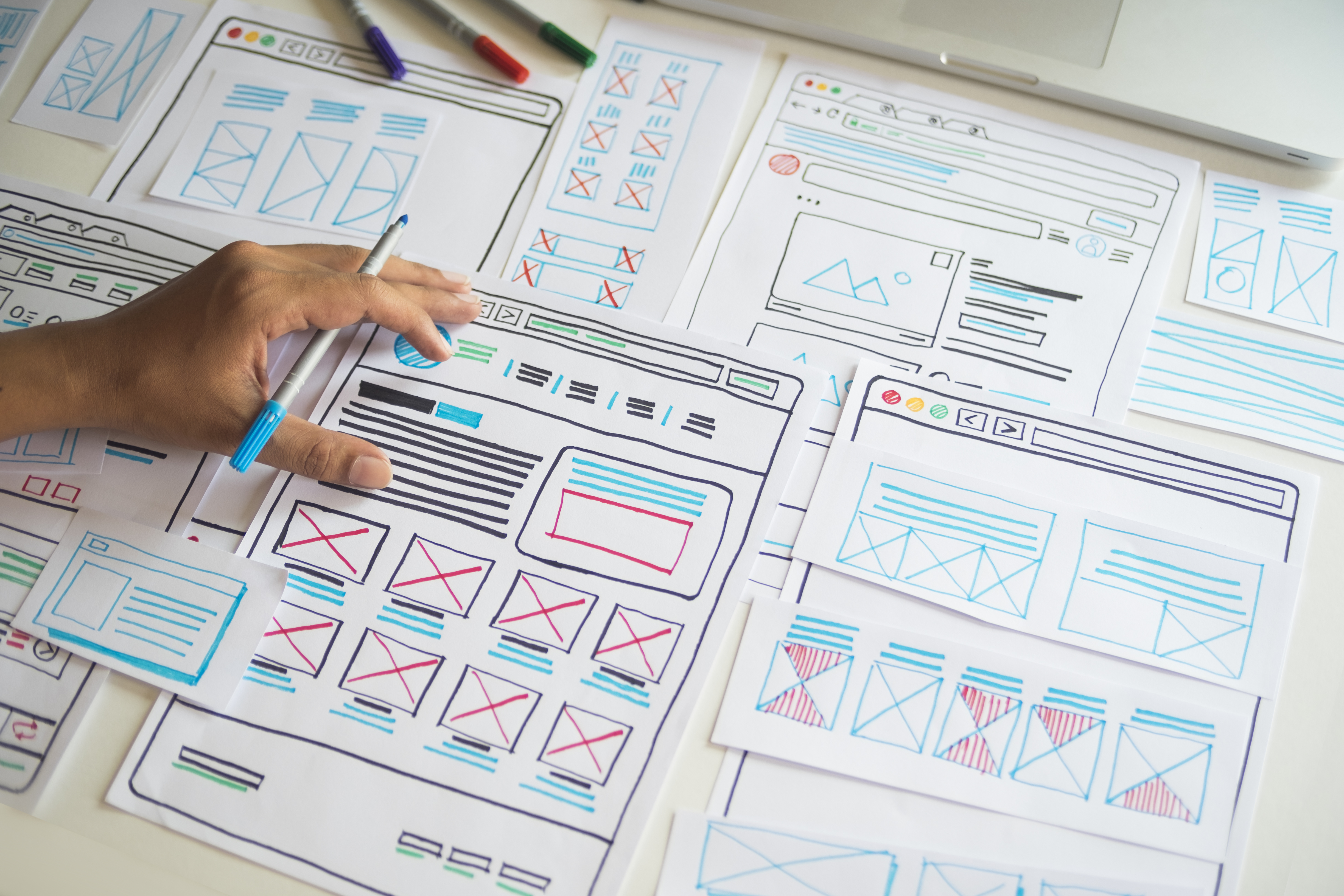Software components are like the stage crew at a big concert performance: the audience doesn’t see them, but their presence makes the overall experience successful in many ways. From the lighting system to the microphones to the set changes behind the curtain, the stage crew is ensuring the whole production is running smoothly and delivering the kind of experience the audience has come to expect.
The 3D engines running in software applications geared toward CAM, CAD, and other industries, provide the robust functionality that 3D applications require. But what else do the components provide? In this post, we discuss the user experience within software and how components impact what the end-user encounters while using the software.
What is User Experience within Software?
The definition of user experience, or UX, is how a user interacts with and experiences a program, website, or service. It includes the ease of use, efficiency, intuitiveness, and the user’s perceptions of the product.
Specific to software applications, UX begins at the download for the user. Each of the following things factor into how the user perceives the utility and value of the software:
- The ease and speed of installation
- The time and effort required to customize the application to the user’s specifications
- Ability to integrate with other programs, scripts, or code
- Ability to import/export different file types
- The actual use of the program
What Makes for a Bad vs. Good Software UX?
We’ve all been there: it’s the eleventh hour of a deadline and you’re working feverishly to finalize your project within a program. You may be on the final render of your 3D model when it happens: the program crashes. This kind of thing not only causes stress and missed deadlines, but it degrades your experience with the software.
What about a slow upload of your part into the application? Or if you need the program to export your file in a certain format but you discover that file format is not supported? The speed at which your model renders will also impact the UX. If it’s much too slow, you will likely start looking for a different application for the future.
Good UX, Good
On the flip side, many factors can give you the perception of a good experience within the software. Sometimes, it may even be something you couldn’t articulate was a benefit, unless it was taken away from you. For example, robust 3D software components will support applications in the customization of their data preparation through an extensive set of operations such as boolean, blending, direct editing, thickening, offsetting, and more. Operations such as these make the user’s job easier and provide them with a better experience in the software.
Another example of a good UX is when the software helps to improve a workflow for the user. High-quality software will have functionalities running in the background that reduce the number of steps needed in a workflow, thus saving the user time.
Good UX may also be in the form of fast and high-quality rendering or superior graphics display.
The Role of Components in 3D Software Applications
First, to get you thinking about how 3D software components play into applications and UX, let’s use an example. For any PC enthusiast, the rivalry between Intel and AMD computer processors is a hot debate. Many people know which processor they want in their desktop or laptop PC before they even shop the models. That’s because they know what they expect from each of those processors and what it brings to their overall experience when using their computer. The factual, or merely perceived, qualities that a processor brings to the computer will impact the user’s experience in a variety of ways.
The same is true for software components. For example, a 3D software application specific to the manufacturing industry will be focused on modeling parts for eventual production through a CNC machine. This requires a 3D modeling engine running in the background. Most software application companies focus on their core competency and what is unique about their product, then look to component providers to round out their application with cutting-edge technology.
Now, unlike Intel and AMD, which are high-profile companies with huge portions of the market share, the 3D components that go into applications are not so well known. 3D software users become familiar with the program that best fits their needs and yet rarely know which components are working in the background to make it run smoothly and efficiently.
How 3D Software Components Affect User Experience
When a software application company selects a partner to assist with their 3D application, they focus on both the vendor as a company and the technical fitness of the solutions that the vendor offers.
Examples of Software Companies Using 3D Components for Improved Performance
The software company Biesse Group used Spatial’s 3D InterOp to achieve what they needed in their product for their target market. Biesse offers a complete range of high-quality CNC routers and edgebanders, drilling machines, and saws, primarily to makers of large furniture, windows, doors, and wood building component manufacturers. 3D InterOp translators greatly increased the number of import formats that Biesse’s product, bSolid, can support and gave it the ability to import native formats such as CATIA, NX, and SolidWorks. This functionality is key for many of Biesse’s users and provides a superior user experience.
FARO, a 3D measurement, imaging, and realization solutions company, utilized Spatial’s 3D ACIS geometry kernel in their 3D model-based inspection software to enable robust modeling capabilities. They also used HOOPS Visualize to improve rendering and graphical display in their application.
Another example is when component providers partner together to maximize their areas of expertise and marry their technologies to make a powerful application for the end-user. An example of a complementary partnership is the one between Spatial and ModuleWorks. ModuleWorks is a single-source provider of embeddable tool path and simulation components for manufacturing. Half a million users of Computer Aided Manufacturing (CAM) software are using integrated ModuleWorks components every day.
Spatial provides robust components to import, handle, and modify geometries. While ModuleWorks provides the CAM, including post-processing and simulation, as the foundation of the manufacturing technologies. The close connection and the intelligent linking of the core competencies between Spatial and ModuleWorks enable companies to develop cutting-edge solutions that perform with excellence for the end-user.

Develop a Discerning Eye for Well-built Applications
In the end, the user experience within a software program can make or break the future of that product. If users have a poor experience, they will likely share that with their peers, give the product bad reviews online, and the word gets around.
Application developers aim to get their product right the first time and deliver an excellent user experience. Part of how they achieve this is with high-quality components from solution providers such as Spatial. Our industry-leading 3D software components work inside your favorite applications to bring you the best user experience.
If you see that Spatial components are being used within a company’s application, you can be assured that the program is cutting-edge, performant, and delivering the best user experience possible.




.jpg?width=450&name=Application%20Lifecycle%20Management%20(1).jpg)















